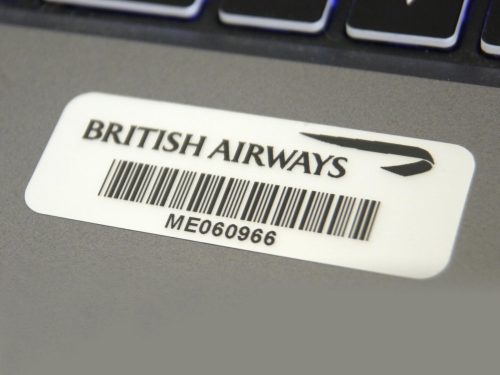Trump, Branding & The Power of Labels: Why What’s on the Outside Matters
Whether you love him or loathe him, there’s no denying that Donald Trump is a master of branding. His name is plastered on buildings, golf courses, and even products as diverse as steaks and fragrances. But beyond the politics, his approach to branding holds important lessons for businesses—especially when it comes to labels, product security, […]




